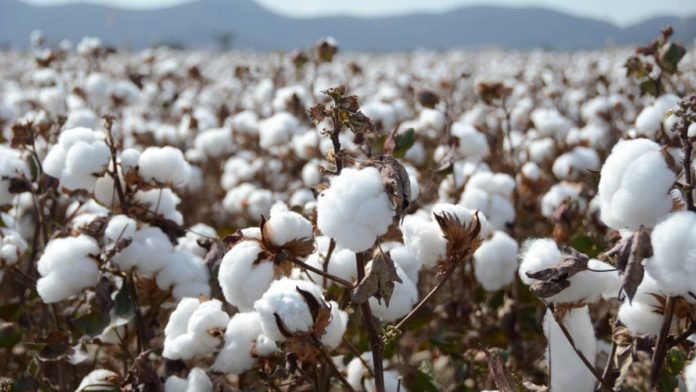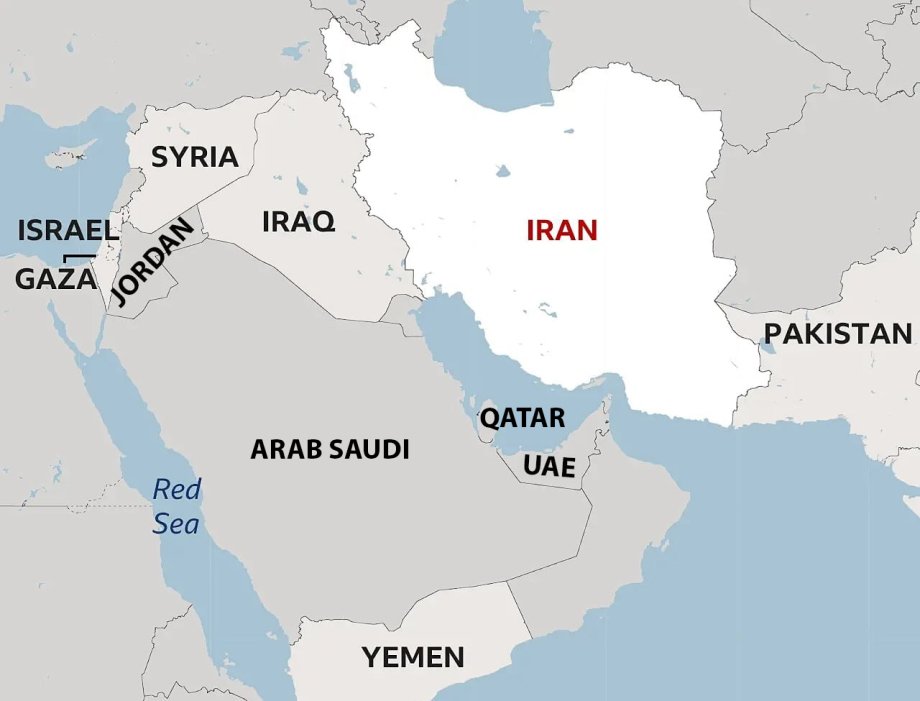Dr Shabana Safdar Khan
Pakistan’s once-thriving cotton economy is now facing a severe crisis. Cotton production, which peaked at 14 million bales a decade ago, has plummeted to just 5.5 million bales in the last crop cycle. This decline has forced the country to increasingly rely on costly cotton imports to meet the demands of its textile industry — a sector that is critical to Pakistan’s export earnings. The added pressure on the country’s already limited foreign exchange reserves has raised alarms among policymakers and economists alike.
There are several contributing factors behind the fall in cotton yields. Climate change has altered growing conditions, reducing productivity. The use of poor-quality seeds has limited potential output. Rising input costs, such as fertilizers and pesticides, have made cotton cultivation less viable for small farmers. Moreover, many traditional cotton-growing regions have shifted toward more lucrative crops like sugarcane, which offers higher returns but at the cost of reducing cotton’s cultivation area. Price volatility in the global market has further discouraged investment in cotton farming.
In response to this prolonged decline, and inspired by the recent success of hybrid rice and maize varieties in Pakistan, several private sector firms have renewed their efforts to promote hybrid cotton. These new seed varieties are designed to produce higher yields at lower costs, potentially offering a lifeline to the struggling cotton economy. Following the recent removal of a ban on hybrid seed imports, hybrid cotton has now been planted on nearly 150 acres across Punjab and Sindh — two of Pakistan’s main cotton-producing regions.
However, not everyone is optimistic about this development. Some experts, particularly in the agricultural science community, remain sceptical. Their doubts stem largely from previous failed attempts to introduce hybrid cotton varieties in Pakistan. Many of these past initiatives failed to produce viable results, primarily due to the incompatibility of the imported hybrid seeds with Pakistan’s unique climatic and soil conditions.
Please, subscribe to the YouTube channel of republicpolicy.com
Despite this skepticism, there are reasons for cautious optimism. The new hybrid varieties being tested this season have been tailored more closely to local environmental conditions, with expectations of significantly better yields than the traditional short-fibre local varieties. While it’s too early to draw definitive conclusions — as results will only become clear after the harvest season begins — these trials offer a ray of hope for reversing the cotton sector’s decline.
It’s important to acknowledge that past failures in hybrid cotton cultivation were not necessarily due to flaws in the concept itself, but rather in the execution and lack of adaptation to local conditions. Learning from these experiences is essential, but it should not deter future innovation. In fact, the repeated failure of public-sector research institutions to develop high-yield cotton varieties is a key reason many farmers have abandoned cotton in favour of more profitable alternatives.
Pakistan’s reliance on cotton is undeniable. The textile industry is a cornerstone of the national economy, accounting for a large share of exports and employment. However, with declining domestic cotton production, textile manufacturers have increasingly turned to imports — squeezing profit margins and undermining competitiveness in global markets.
This situation underscores the urgency of revitalizing domestic cotton production. The path forward must include the introduction and support of high-yield, high-quality seed varieties — whether hybrid or otherwise. The goal should be to provide farmers with reliable options that make cotton cultivation both profitable and sustainable. This means investing in better research, improving extension services to farmers, and creating a regulatory environment that encourages innovation while safeguarding local interests.
Rather than resisting the development and use of hybrid cotton, agricultural scientists and policymakers should work together to ensure its success. Collaboration with private seed companies, rigorous testing, and localized trials must become standard practice. At the same time, efforts should be made to develop indigenous solutions — locally bred high-yield cotton seeds that are suited to Pakistan’s agro-climatic conditions.
In conclusion, Pakistan’s cotton crisis is not irreversible. With the right mix of innovation, policy support, and scientific integrity, the country can restore its cotton sector to a position of strength. Hybrid cotton may not be a magic bullet, but it could play a pivotal role in improving yields and reducing the country’s dependence on imports. The revival of Pakistan’s cotton economy requires open-mindedness, courage to learn from the past, and a firm commitment to sustainable agricultural progress.















